Alongside the spring/summer 17 season’s penchant for a grand historical reference, an essence of purity has sieved through the collections. It’s what Miuccia Prada said post-show when she declared her stripped-down collection was about elegance and simplicity — the life virtues of a mad world — what made Christopher Kane reference the make-do and mend of World War II, and what Rick Owens was talking about when he said his gowns — pure elegance! — were a reaction to the decline we all have to deal with — nature’s, mankind’s, our own. On Saturday evening in Montmartre — in a much cleaner and minimal venue than her usual derelict grandeur — Rei Kawakubo chimed in, showing her most austere Comme des Garçons collection in years. That sounds strange when you look at the pictures. For many seasons now Kawakubo has expressed herself in enormity, to an extent where the sheer size of her mammoth creations is no longer the focus of her meaning. Instead we look at what she applies to them, or in this case what she didn’t.
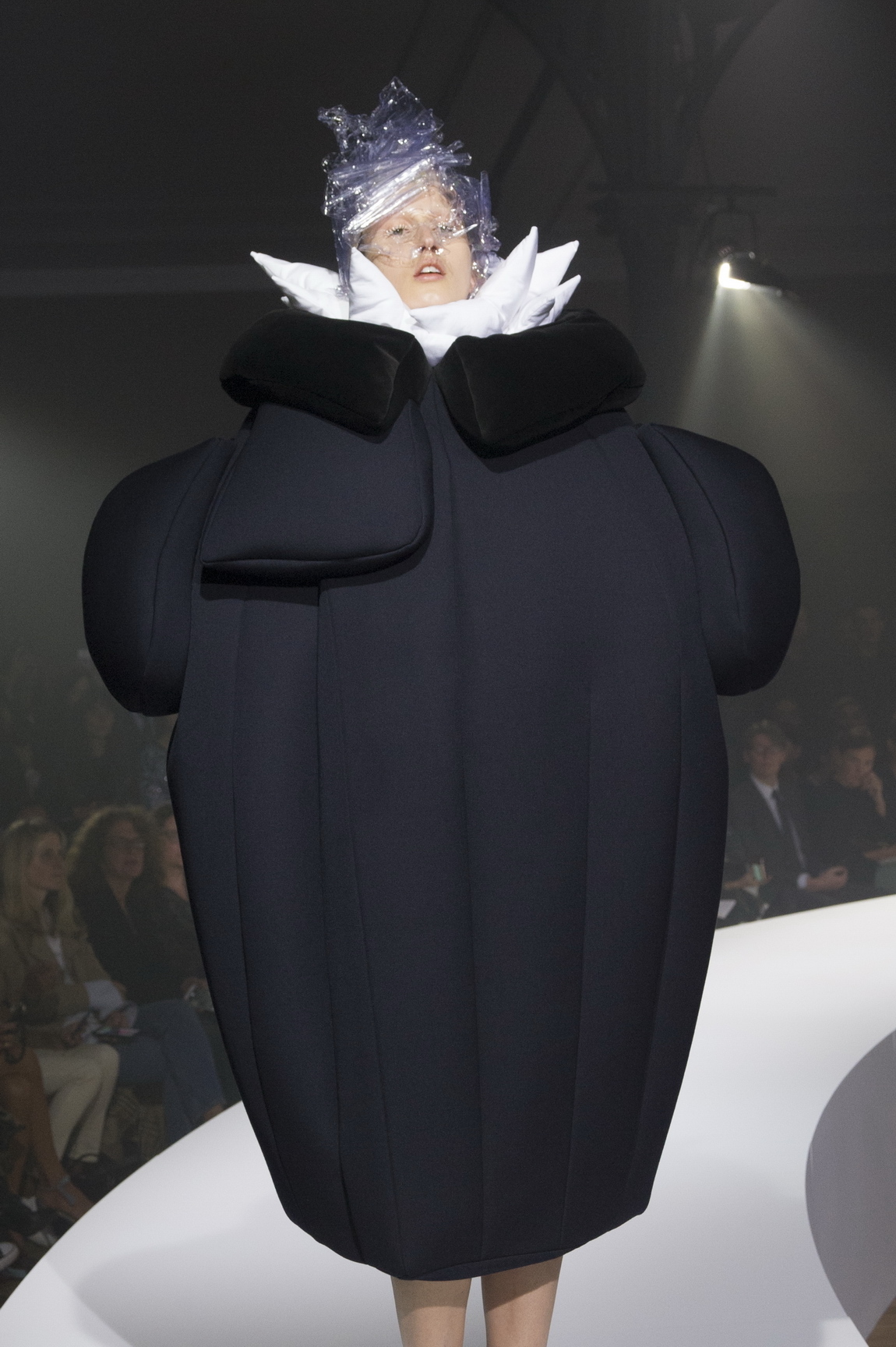
It was the purest and most extreme version of Comme des Garçons, she declared: an intense parade of her trademark elements, from tartan to two-dimensionality to maxi-plissé and mega-ruffles, set to the poignant tones of Colin Stetson’s Reimagining of Gorecki’s 3rd Symphony. Unembellished to the point that it became sporty, the collection was meant to reflect the idea of “invisible clothes,” as in you didn’t know where they started and finished. It was essentially the idea of a second skin, clothes so pure and personal to you that you become a part of them. Anna Cleveland wore a sleeveless dress — i.e. it had no armholes — which effectively confined her inside of it, her little theatrical hands occasionally creeping out from the neckline. She wasn’t trying to escape — Kawakubo’s colossal creations are not a sentiment of claustrophobia, but rather the opposite. Perhaps the purity was an expression of a desire for isolation, a reaction to a world that forces you to react, but where the appropriate reaction is now a quiet one rather than a loud one.
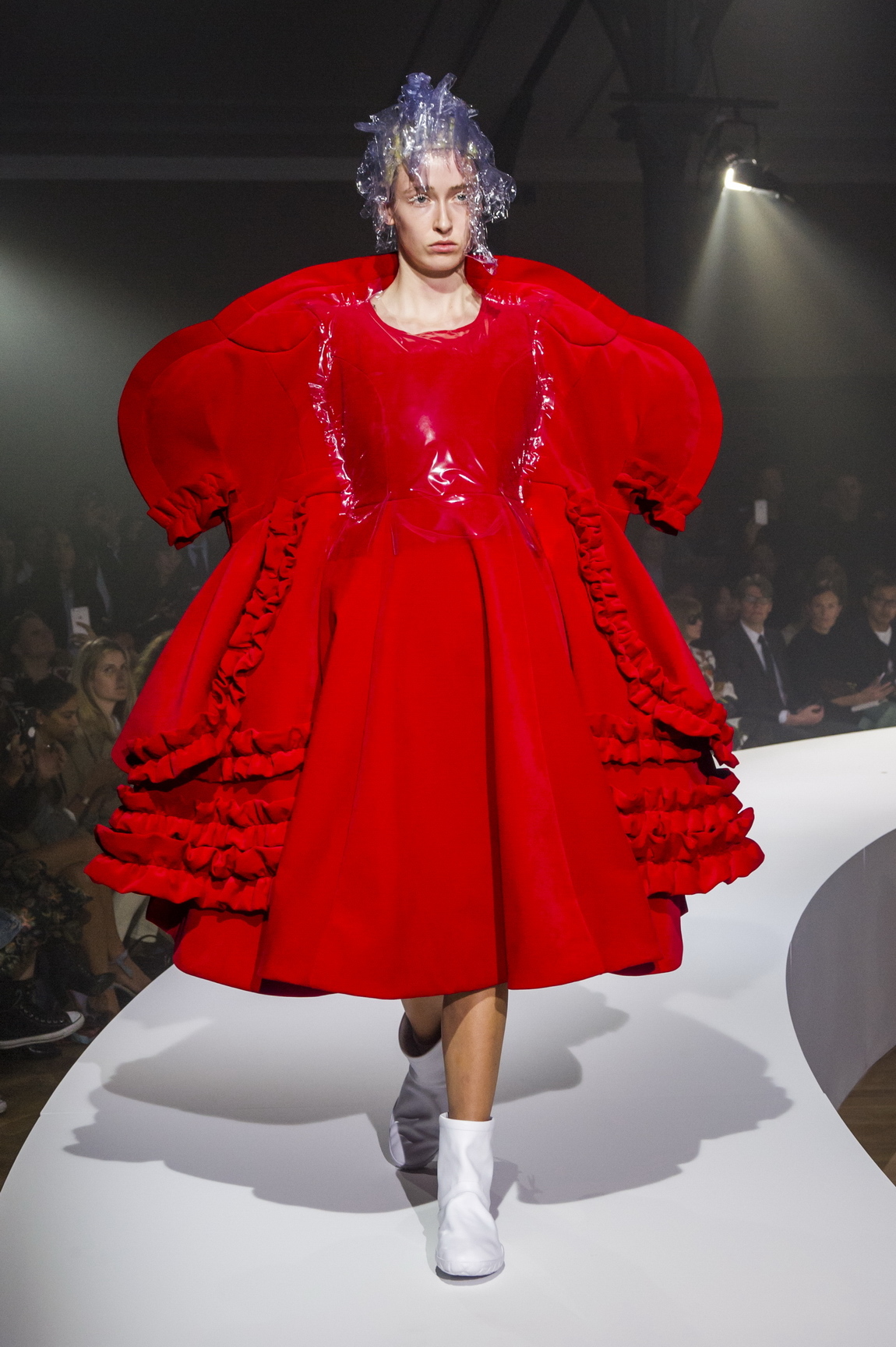
Kawakubo’s work is always a response to the social and political status quo, and you could basically apply that whole quiet vs. loud theory to Clinton and Trump, but let’s not get carried away. After all, the message behind the season’s affinity for purity and elegance boils down to simplicity, and that includes our incessant need to read into things that perhaps aren’t that complex at all. “Now we have to find out how to wear them,” a flamboyant street style magnet from a Japanese magazine quipped at her neighbor as she got out of her seat. But in the giganticness of these Comme des Garçons dresses, some of which could prove a little difficult walking down Oxford Street in, there was something incredibly uncomplicated. They were each one single piece: a one-stop shop to a complete look, no styling needed. And therein lay Kawakubo’s ironic simplicity — her extreme purity. There was nothing simple about Haider Ackermann’s vibrant, multi-faceted collection, except perhaps for the optimistic statement he’s so often heralded.
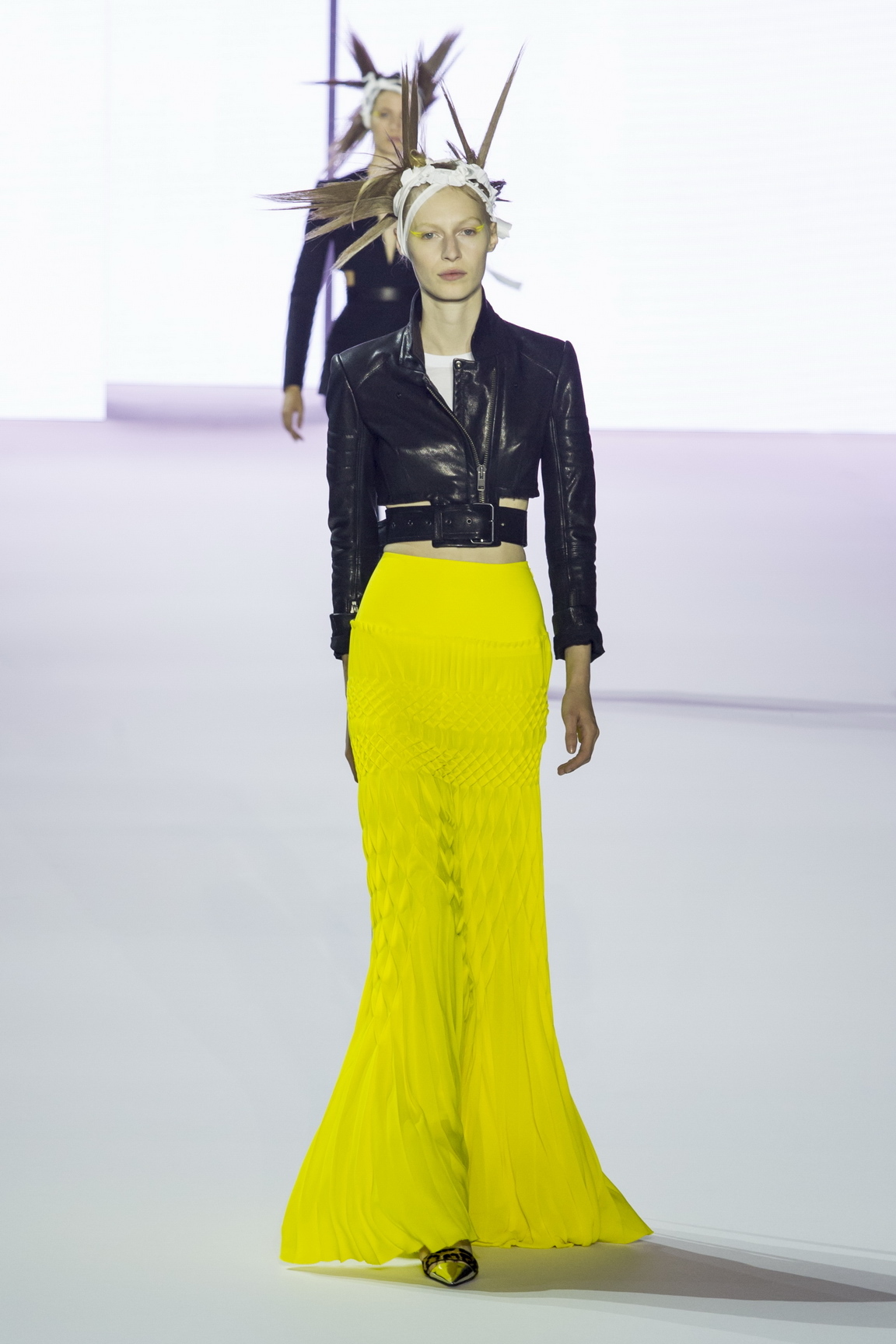
His collections, he’s often said, are rays of light when dark times call for it, and his color cacophony on Saturday morning was no different. It was very Haider Ackermann, but this time it was madder, more fantastical, and more more. That is, the collection had so many silhouettes and dressing genres it felt like several collections in one: sculptural plissé numbers, skinny rock ‘n’ roll tailoring, floaty floor-length dresses. The wearer’s right to choose? Perhaps that’s simplicity, or maybe Ackermann was preparing for his new designer gig at Berluti where pure luxury (that sells) is key. At Andreas Kronthaler for Vivienne Westwood, as the former Gold Label brand is now called, Mr Kronthaler wrote some beautiful show notes about his love for the women to whom he owes his career — this including his wife, Dame Vivienne, of course. His collection was inspired by them and their vacations together, which explained its Mediterranean summer vibe and general exuberance.
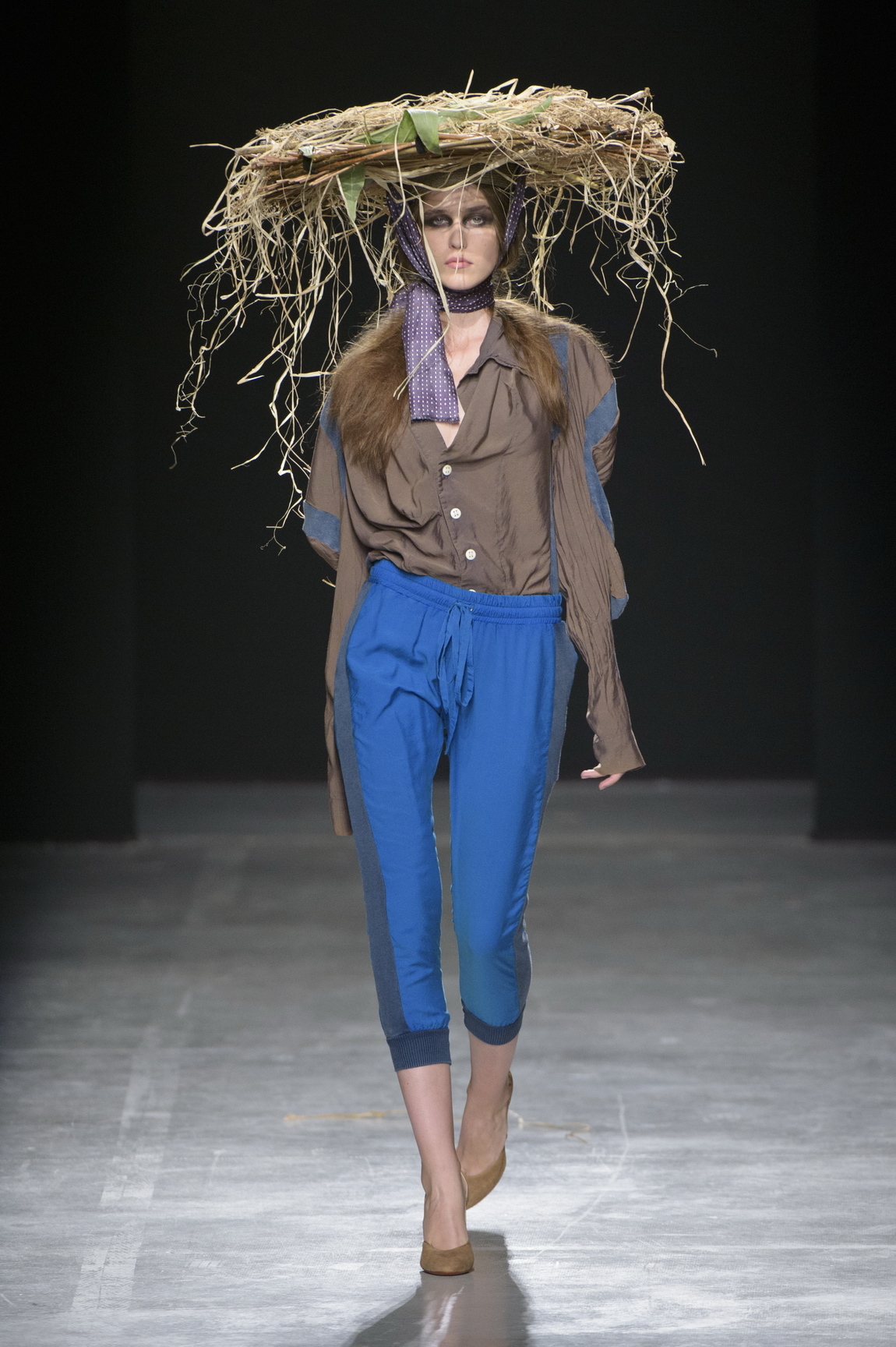
Kronthaler wasn’t about to jump on the bandwagon of purity, but in the honesty and kindness that drive his work — which is, if not pure, definitely pure creation — lies a very pure message of freedom of expression, of gender neutrality and celebration of the human form. He layers it with looks like a woman covered in hay — but hey, while simplicity might be cleansing fashion was always at its most exciting when it was wild.
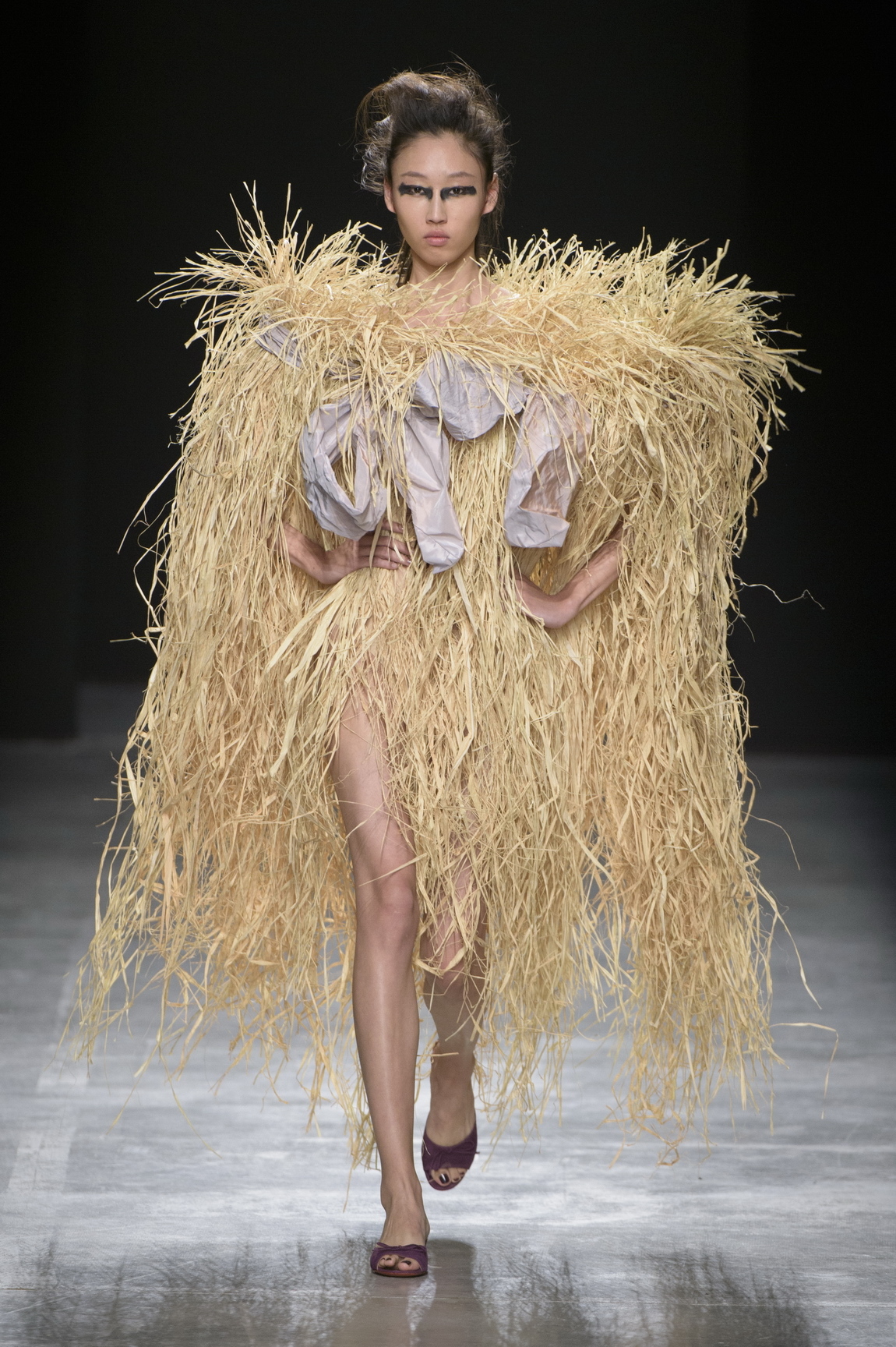
Credits
Text Anders Christian Madsen
Photography Mitchell Sams
